NOVEMBER 20, 2019
by Halle Marchese, Florida Museum of Natural History
Foodie tradition dictates only eating wild oysters in months with the letter "r"—from September to April—to avoid watery shellfish, or worse, a nasty bout of food poisoning. Now, a new study suggests people have been following this practice for at least 4,000 years.
An analysis of a large shell ring off Georgia's coast revealed that the ancient inhabitants of St. Catherines Island limited their oyster harvest to the non-summer months.
How can scientists know when islanders were collecting oysters? By measuring parasitic snails.
Snails known as impressed odostomes, Boonea impressa, are common parasites of oysters, latching onto a shell and inserting a stylus to slurp the soft insides. Because the snail has a predictable 12-month life cycle, its length at death offers a reliable estimate of when the oyster host died, allowing Florida Museum of Natural History researchers Nicole Cannarozzi and Michal Kowalewski to use it as a tiny seasonal clock for when people collected and ate oysters in the past.
Stowaways on discarded oyster shells, the snails offer new insights into an old question about the shell rings that dot the coasts of Florida, Georgia, South Carolina and Mississippi.
"People have been debating the purpose of these shell rings for a very long time," said Cannarozzi, the study's lead author and Florida Museum environmental archaeology collection manager. "Were they everyday food waste heaps? Temporary communal feasting sites? Or perhaps a combination? Understanding the seasonality of the rings sheds new light on their function."
The seasonality of oyster deposits in the St. Catherines shell ring may be one of the earliest records of sustainable harvesting, said Nicole Cannarozzi, the study's lead author and Florida Museum environmental archaeology collection manager. Credit: Kristen Grace/Florida Museum
Cannarozzi and Kowalewski, Thompson Chair of Invertebrate Paleontology, analyzed oysters and snails from a 230-foot-wide, 4,300-year-old shell ring on St. Catherines Island and compared them with live oysters and snails. They found that island inhabitants were primarily harvesting oysters during late fall, winter and spring, which also suggested the presence of people on the island tapered off during the summer.
The seasonality of the shell ring may be one of the earliest records of sustainable harvesting, Cannarozzi said. Oysters in the Southeast spawn from May to October, and avoiding oyster collection in the summer may help replenish their numbers.

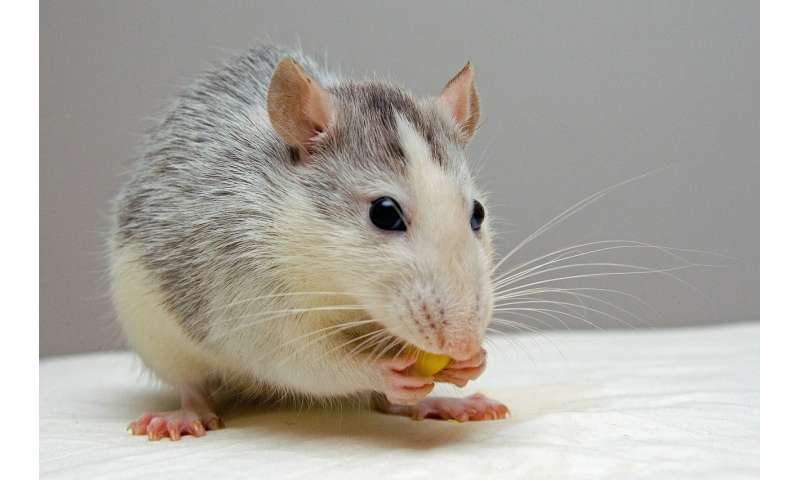 Credit: CC0 Public Domain
Credit: CC0 Public Domain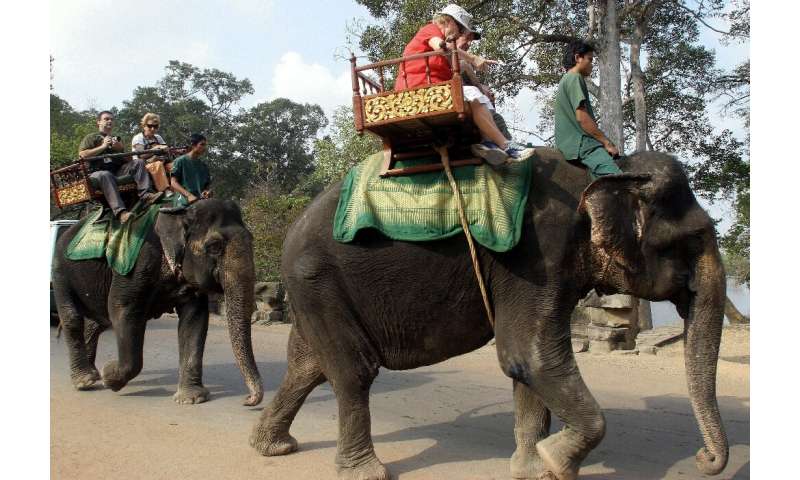
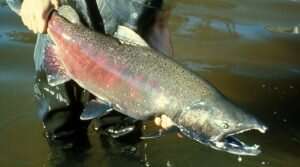 Chinook salmon are also known as king salmon. They depend on healthy estuaries to spawn, which also provide habitat for invertebrates and smaller fish. Credit: U.S. Fish and Wildlife Service.
Chinook salmon are also known as king salmon. They depend on healthy estuaries to spawn, which also provide habitat for invertebrates and smaller fish. Credit: U.S. Fish and Wildlife Service.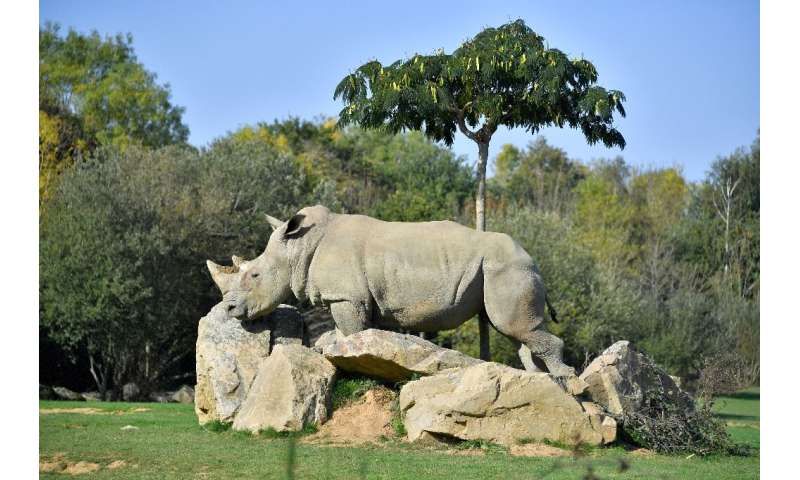
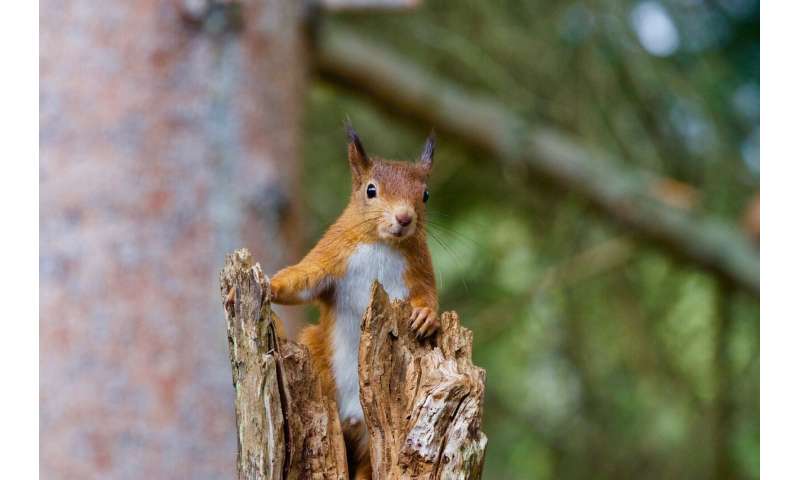 Credit: CC0 Public Domain
Credit: CC0 Public Domain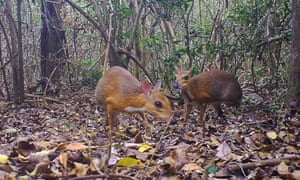
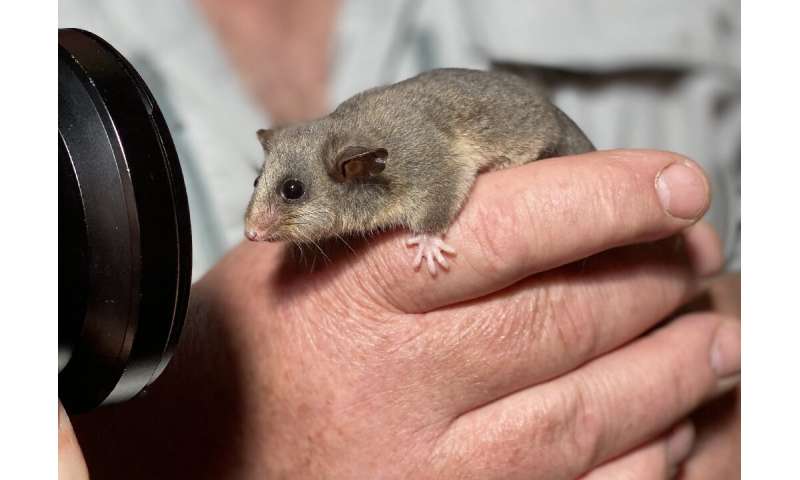 The tiny mountain pygmy possum lives in Australia's alpine regions but less than 2,500 remain in the wild, according to estimates, with winter snowfall declines and warmer weather threatening extinction
The tiny mountain pygmy possum lives in Australia's alpine regions but less than 2,500 remain in the wild, according to estimates, with winter snowfall declines and warmer weather threatening extinction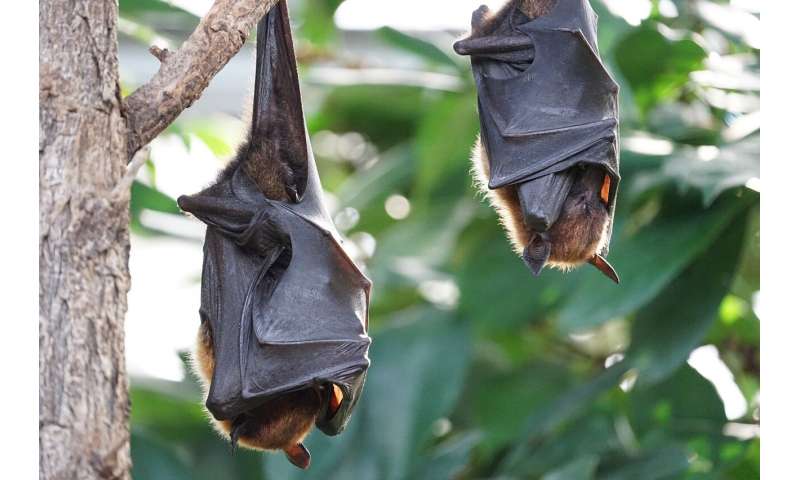 Credit: CC0 Public Domain
Credit: CC0 Public Domain








